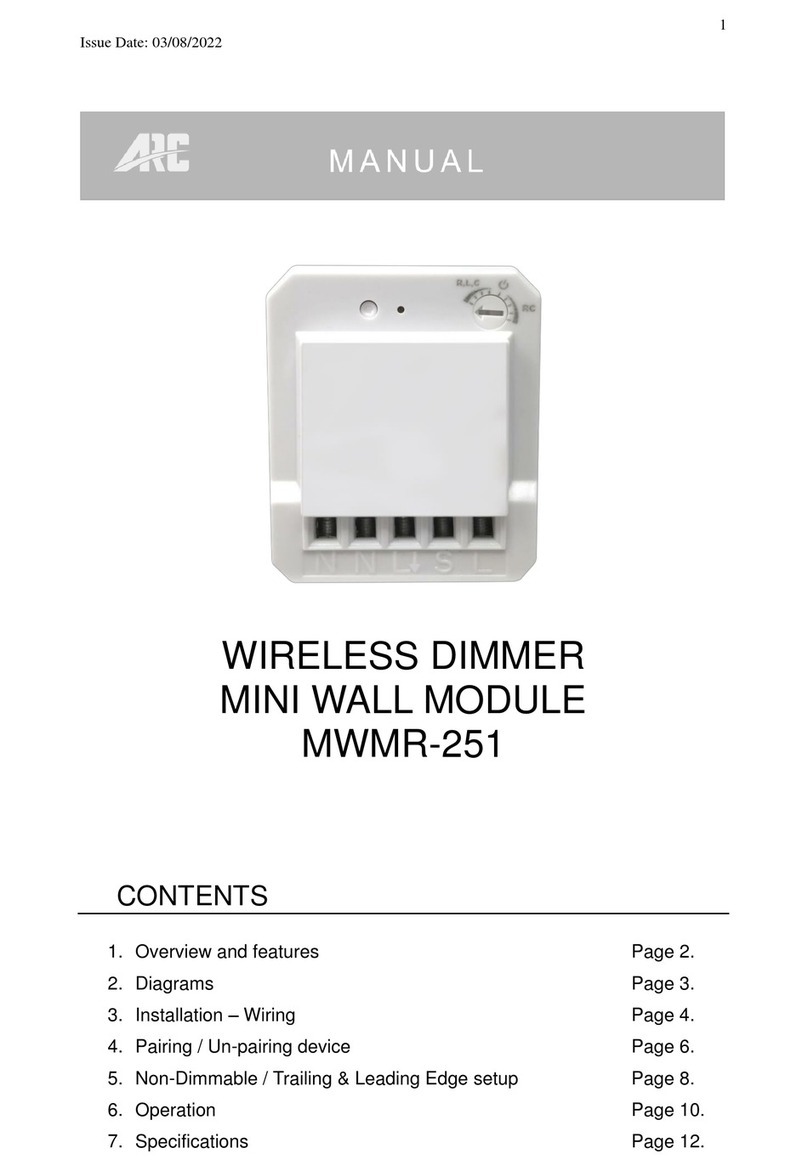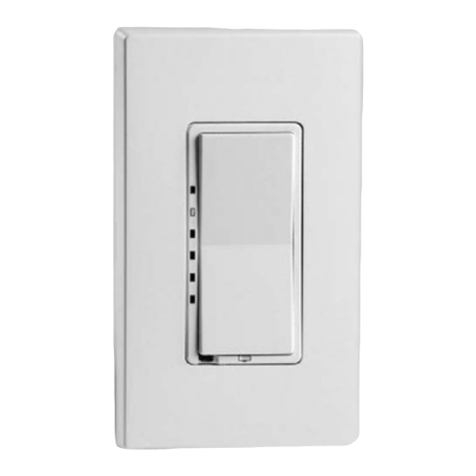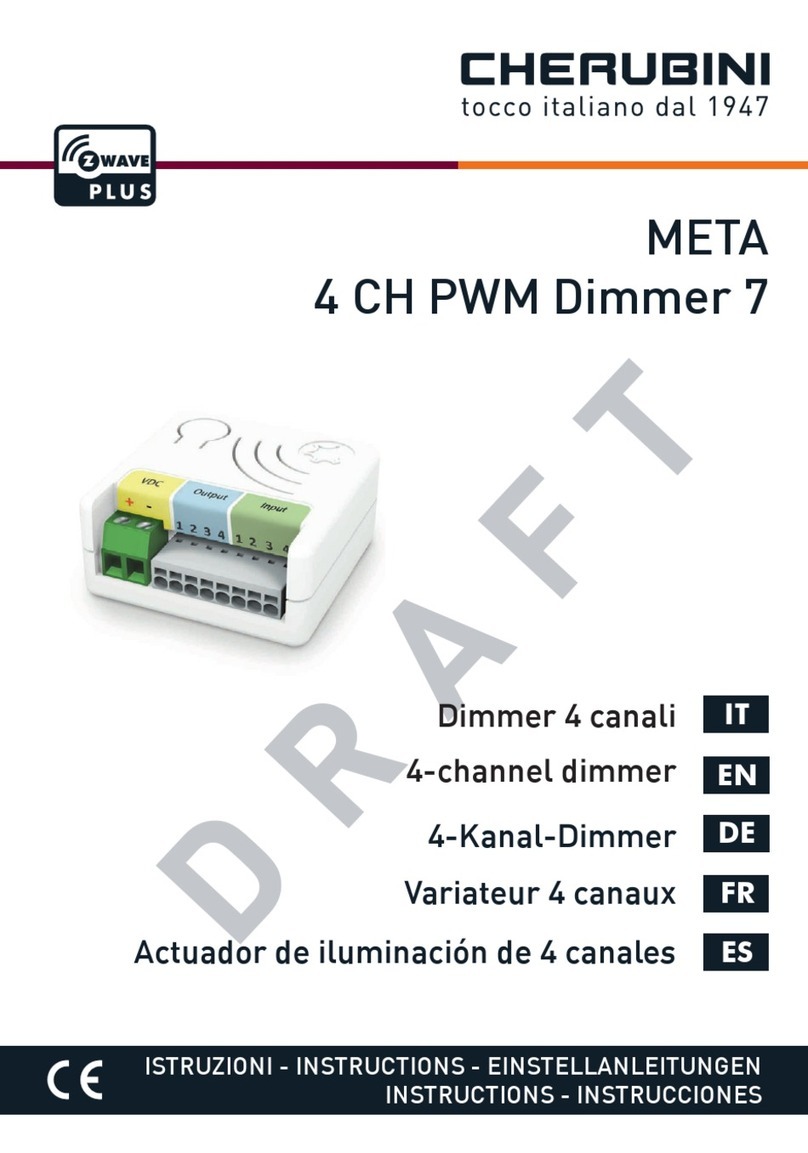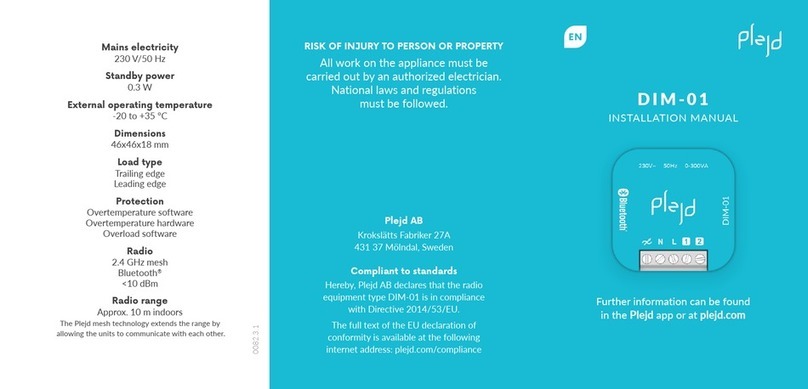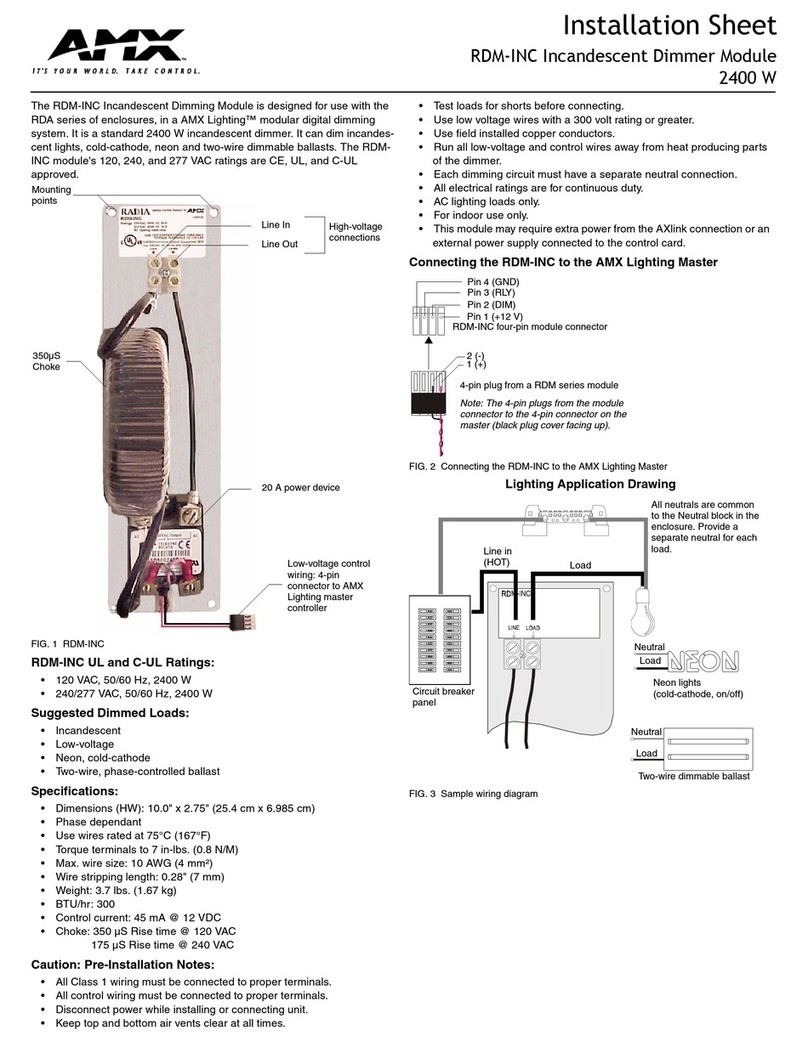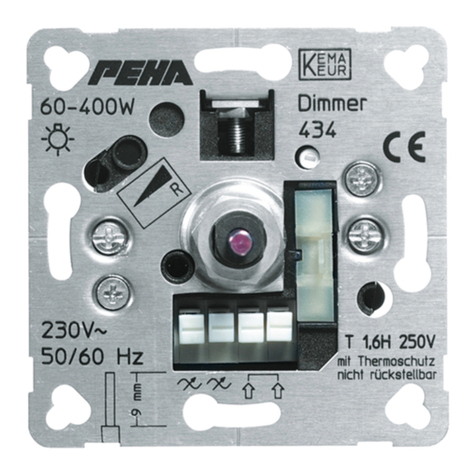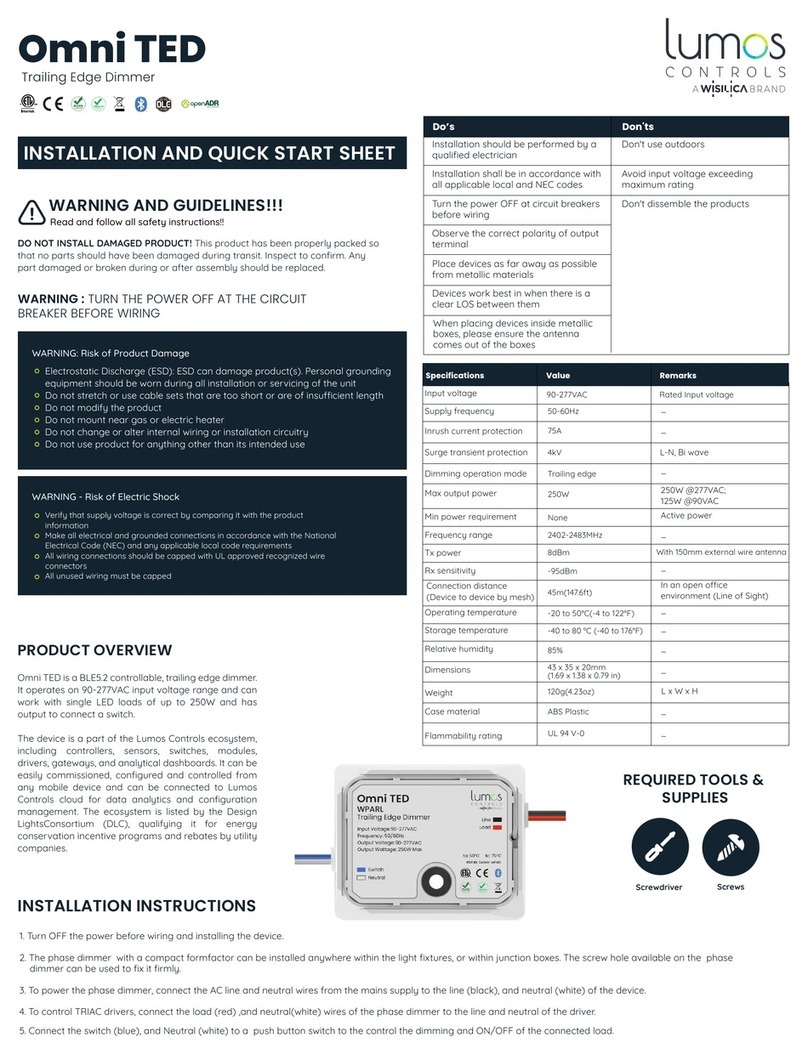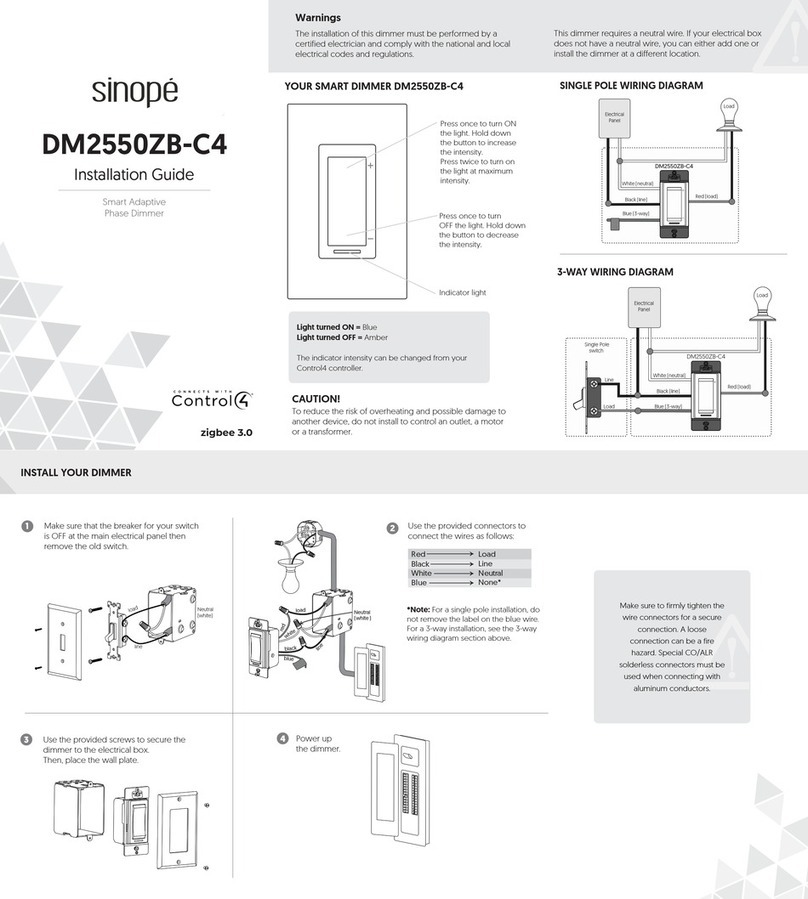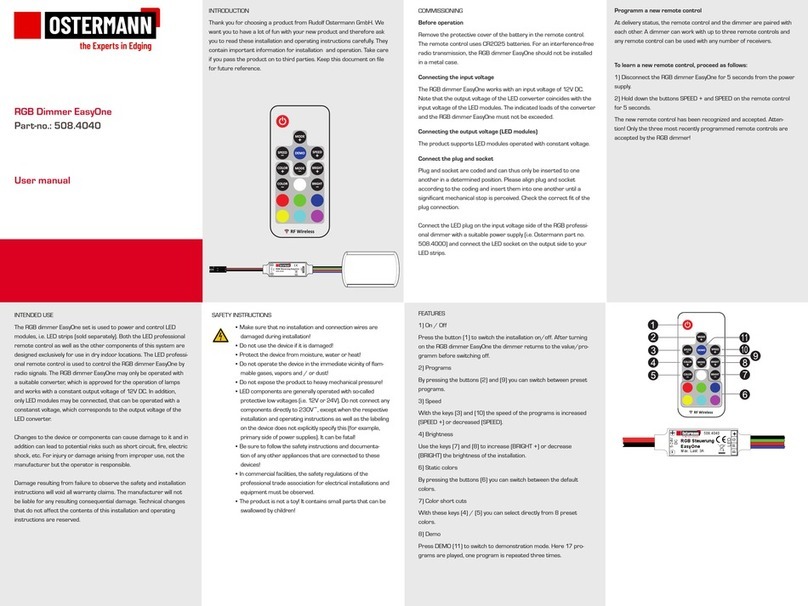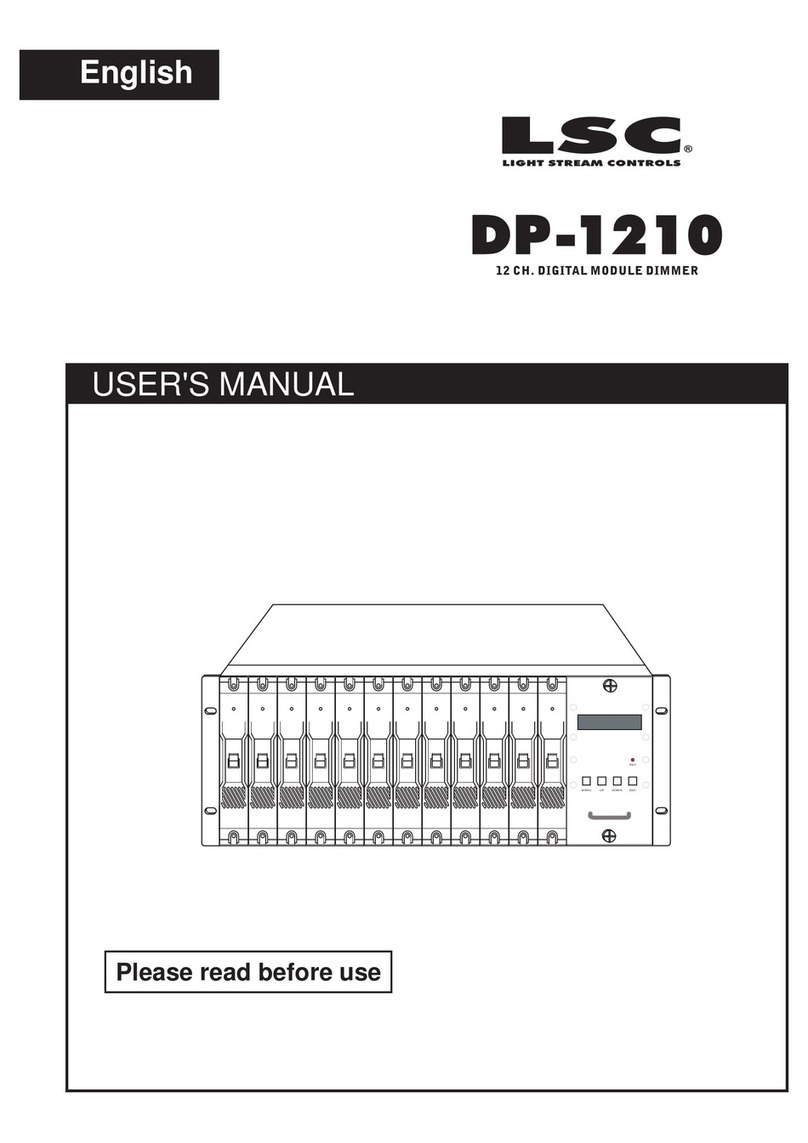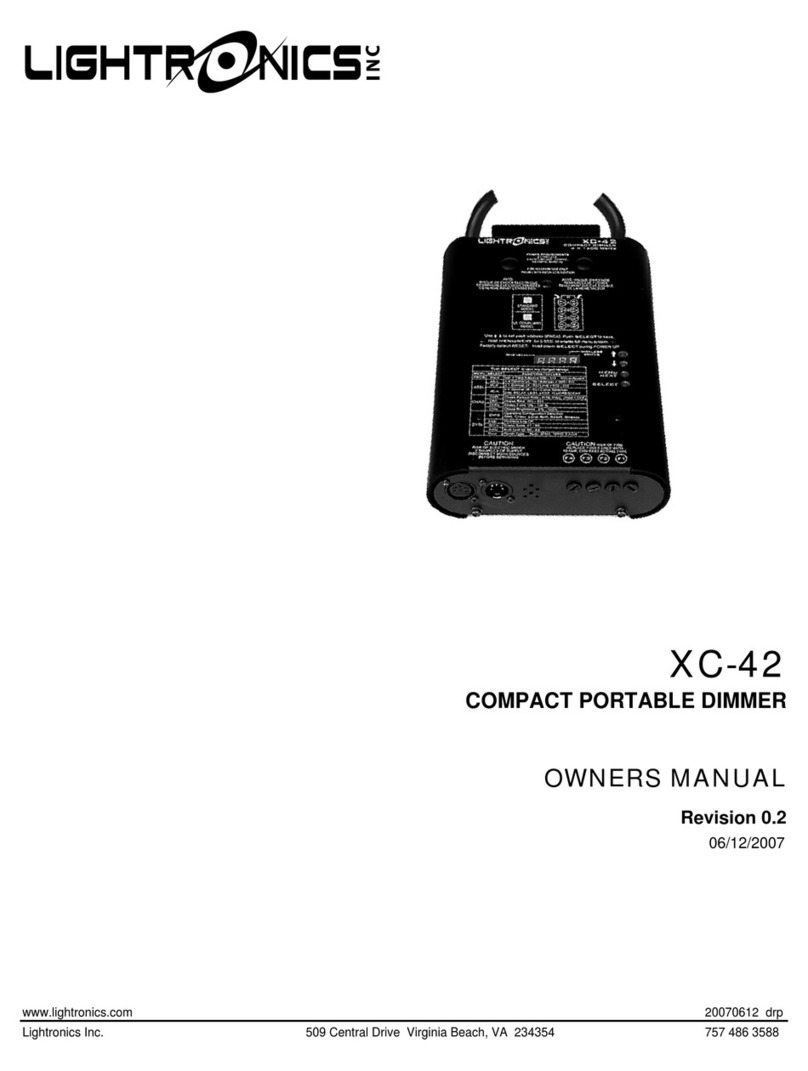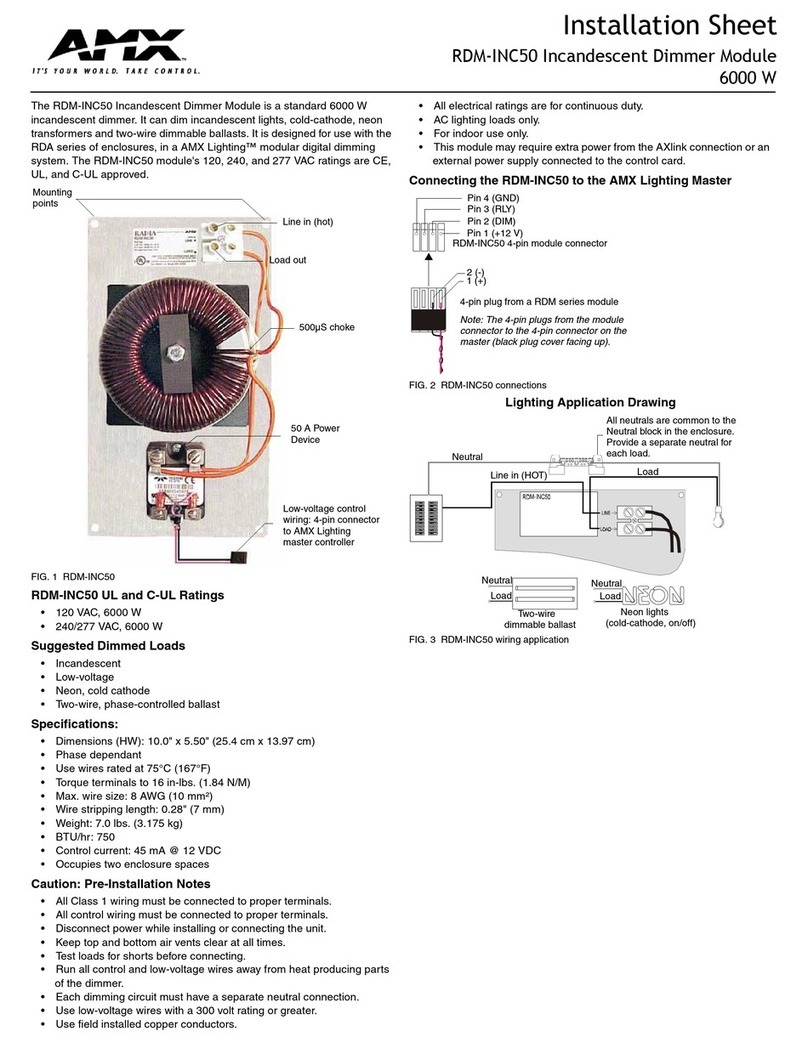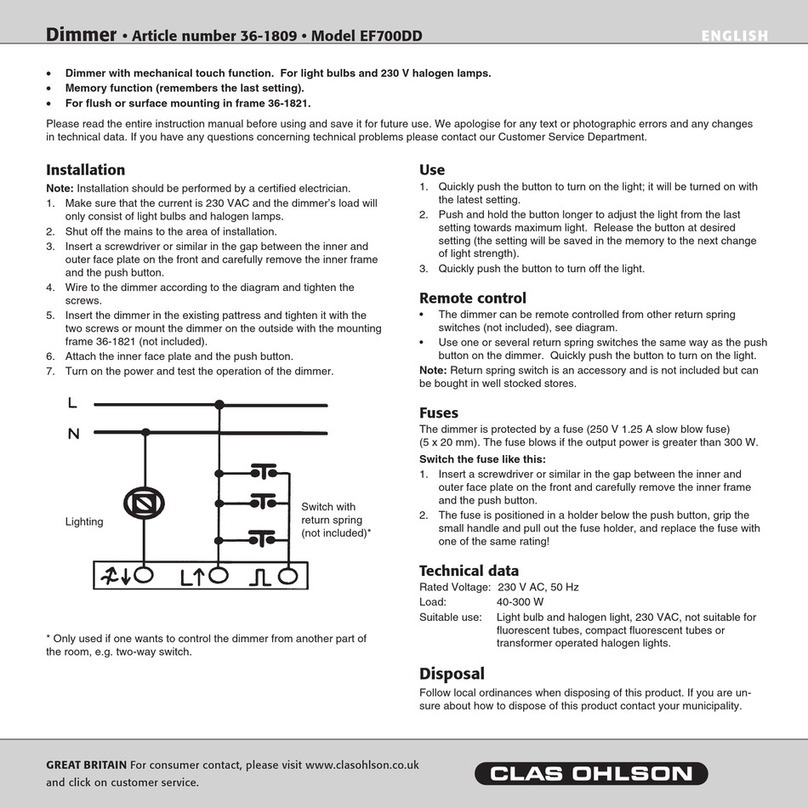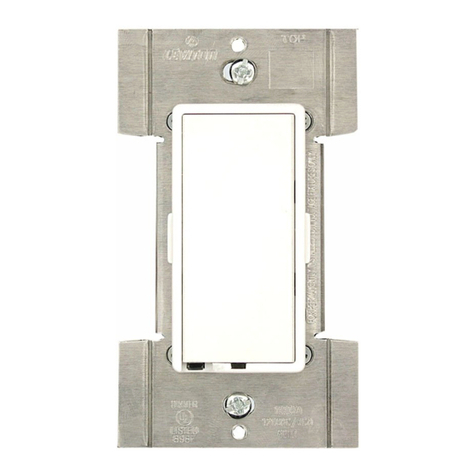preussen DimME KNX User manual

DimME KNX
PRODUCT MANUAL
1‐GENERAL ‐‐‐‐‐‐‐‐‐‐‐‐‐‐‐‐‐‐‐‐‐‐‐‐‐‐‐‐‐‐‐‐‐‐‐‐‐‐‐‐‐‐‐‐‐‐‐‐‐‐‐‐‐‐‐‐‐‐‐‐‐‐‐‐‐‐‐‐‐‐‐‐‐‐‐‐‐‐‐‐‐‐‐‐‐‐‐‐‐‐‐‐‐‐‐‐‐‐‐‐‐‐‐‐‐‐‐‐‐‐‐‐‐‐‐‐‐‐‐‐‐‐‐‐‐‐‐‐‐‐‐‐‐‐‐‐ 2
1.1‐PRODUCTFUNCTION ‐‐‐‐‐‐‐‐‐‐‐‐‐‐‐‐‐‐‐‐‐‐‐‐‐‐‐‐‐‐‐‐‐‐‐‐‐‐‐‐‐‐‐‐‐‐‐‐‐‐‐‐‐‐‐‐‐‐‐‐‐‐‐‐‐‐‐‐‐‐‐‐‐‐‐‐‐‐‐‐‐‐‐‐‐‐‐‐‐‐‐‐‐‐‐‐‐‐‐‐‐‐‐‐‐‐‐‐‐‐‐‐‐‐‐‐‐‐‐‐ 2
2‐HARDWARE ‐‐‐‐‐‐‐‐‐‐‐‐‐‐‐‐‐‐‐‐‐‐‐‐‐‐‐‐‐‐‐‐‐‐‐‐‐‐‐‐‐‐‐‐‐‐‐‐‐‐‐‐‐‐‐‐‐‐‐‐‐‐‐‐‐‐‐‐‐‐‐‐‐‐‐‐‐‐‐‐‐‐‐‐‐‐‐‐‐‐‐‐‐‐‐‐‐‐‐‐‐‐‐‐‐‐‐‐‐‐‐‐‐‐‐‐‐‐‐‐‐‐‐‐‐‐‐‐‐‐‐‐ 3
2.1TECHNICALDATA ‐‐‐‐‐‐‐‐‐‐‐‐‐‐‐‐‐‐‐‐‐‐‐‐‐‐‐‐‐‐‐‐‐‐‐‐‐‐‐‐‐‐‐‐‐‐‐‐‐‐‐‐‐‐‐‐‐‐‐‐‐‐‐‐‐‐‐‐‐‐‐‐‐‐‐‐‐‐‐‐‐‐‐‐‐‐‐‐‐‐‐‐‐‐‐‐‐‐‐‐‐‐‐‐‐‐‐‐‐‐‐‐‐‐‐‐‐‐‐‐‐‐‐‐‐ 3
2.2DIMMINGMODE‐‐‐‐‐‐‐‐‐‐‐‐‐‐‐‐‐‐‐‐‐‐‐‐‐‐‐‐‐‐‐‐‐‐‐‐‐‐‐‐‐‐‐‐‐‐‐‐‐‐‐‐‐‐‐‐‐‐‐‐‐‐‐‐‐‐‐‐‐‐‐‐‐‐‐‐‐‐‐‐‐‐‐‐‐‐‐‐‐‐‐‐‐‐‐‐‐‐‐‐‐‐‐‐‐‐‐‐‐‐‐‐‐‐‐‐‐‐‐‐‐‐‐‐‐ 5
2.2.1Trailingedgedimmingmode‐‐‐‐‐‐‐‐‐‐‐‐‐‐‐‐‐‐‐‐‐‐‐‐‐‐‐‐‐‐‐‐‐‐‐‐‐‐‐‐‐‐‐‐‐‐‐‐‐‐‐‐‐‐‐‐‐‐‐‐‐‐‐‐‐‐‐‐‐‐‐‐‐‐‐‐‐‐‐‐‐‐‐‐‐‐‐‐‐‐‐‐‐‐‐‐‐‐‐‐ 5
2.2.2Leadingedgedimmingmode ‐‐‐‐‐‐‐‐‐‐‐‐‐‐‐‐‐‐‐‐‐‐‐‐‐‐‐‐‐‐‐‐‐‐‐‐‐‐‐‐‐‐‐‐‐‐‐‐‐‐‐‐‐‐‐‐‐‐‐‐‐‐‐‐‐‐‐‐‐‐‐‐‐‐‐‐‐‐‐‐‐‐‐‐‐‐‐‐‐‐‐‐‐‐‐‐‐‐‐ 5
2.2.3Changethedimmingmode ‐‐‐‐‐‐‐‐‐‐‐‐‐‐‐‐‐‐‐‐‐‐‐‐‐‐‐‐‐‐‐‐‐‐‐‐‐‐‐‐‐‐‐‐‐‐‐‐‐‐‐‐‐‐‐‐‐‐‐‐‐‐‐‐‐‐‐‐‐‐‐‐‐‐‐‐‐‐‐‐‐‐‐‐‐‐‐‐‐‐‐‐‐‐‐‐‐‐‐‐‐ 6
2.3Dimensiondrawings ‐‐‐‐‐‐‐‐‐‐‐‐‐‐‐‐‐‐‐‐‐‐‐‐‐‐‐‐‐‐‐‐‐‐‐‐‐‐‐‐‐‐‐‐‐‐‐‐‐‐‐‐‐‐‐‐‐‐‐‐‐‐‐‐‐‐‐‐‐‐‐‐‐‐‐‐‐‐‐‐‐‐‐‐‐‐‐‐‐‐‐‐‐‐‐‐‐‐‐‐‐‐‐‐‐‐‐‐‐‐‐‐‐ 6
2.4WIRINGDIAGRAM ‐‐‐‐‐‐‐‐‐‐‐‐‐‐‐‐‐‐‐‐‐‐‐‐‐‐‐‐‐‐‐‐‐‐‐‐‐‐‐‐‐‐‐‐‐‐‐‐‐‐‐‐‐‐‐‐‐‐‐‐‐‐‐‐‐‐‐‐‐‐‐‐‐‐‐‐‐‐‐‐‐‐‐‐‐‐‐‐‐‐‐‐‐‐‐‐‐‐‐‐‐‐‐‐‐‐‐‐‐‐‐‐‐‐‐‐‐‐‐‐‐‐‐ 7
2.5MAINTENANCEANDCAUTIONS ‐‐‐‐‐‐‐‐‐‐‐‐‐‐‐‐‐‐‐‐‐‐‐‐‐‐‐‐‐‐‐‐‐‐‐‐‐‐‐‐‐‐‐‐‐‐‐‐‐‐‐‐‐‐‐‐‐‐‐‐‐‐‐‐‐‐‐‐‐‐‐‐‐‐‐‐‐‐‐‐‐‐‐‐‐‐‐‐‐‐‐‐‐‐‐‐‐‐‐‐‐‐‐‐‐‐‐‐‐ 9
3‐SOFTWARE ‐‐‐‐‐‐‐‐‐‐‐‐‐‐‐‐‐‐‐‐‐‐‐‐‐‐‐‐‐‐‐‐‐‐‐‐‐‐‐‐‐‐‐‐‐‐‐‐‐‐‐‐‐‐‐‐‐‐‐‐‐‐‐‐‐‐‐‐‐‐‐‐‐‐‐‐‐‐‐‐‐‐‐‐‐‐‐‐‐‐‐‐‐‐‐‐‐‐‐‐‐‐‐‐‐‐‐‐‐‐‐‐‐‐‐‐‐‐‐‐‐‐‐‐‐‐‐‐‐‐‐‐‐ 9
3.1DATABASEFUNCTIONSOVERVIEW ‐‐‐‐‐‐‐‐‐‐‐‐‐‐‐‐‐‐‐‐‐‐‐‐‐‐‐‐‐‐‐‐‐‐‐‐‐‐‐‐‐‐‐‐‐‐‐‐‐‐‐‐‐‐‐‐‐‐‐‐‐‐‐‐‐‐‐‐‐‐‐‐‐‐‐‐‐‐‐‐‐‐‐‐‐‐‐‐‐‐‐‐‐‐‐‐‐‐‐‐‐‐‐‐‐‐ 9
3.2OBJECT/ASSOCIATION/GROUPADDRESSDEFINE ‐‐‐‐‐‐‐‐‐‐‐‐‐‐‐‐‐‐‐‐‐‐‐‐‐‐‐‐‐‐‐‐‐‐‐‐‐‐‐‐‐‐‐‐‐‐‐‐‐‐‐‐‐‐‐‐‐‐‐‐‐‐‐‐‐‐‐‐‐‐‐‐‐‐‐‐‐‐‐‐‐‐‐‐‐‐‐‐‐ 11
3.3FUNCTIONPARAMETER“GENERAL”‐‐‐‐‐‐‐‐‐‐‐‐‐‐‐‐‐‐‐‐‐‐‐‐‐‐‐‐‐‐‐‐‐‐‐‐‐‐‐‐‐‐‐‐‐‐‐‐‐‐‐‐‐‐‐‐‐‐‐‐‐‐‐‐‐‐‐‐‐‐‐‐‐‐‐‐‐‐‐‐‐‐‐‐‐‐‐‐‐‐‐‐‐‐‐‐‐‐‐‐‐‐‐ 11
3.4FUNCTIONPARAMETERCHANNEL“N” ‐‐‐‐‐‐‐‐‐‐‐‐‐‐‐‐‐‐‐‐‐‐‐‐‐‐‐‐‐‐‐‐‐‐‐‐‐‐‐‐‐‐‐‐‐‐‐‐‐‐‐‐‐‐‐‐‐‐‐‐‐‐‐‐‐‐‐‐‐‐‐‐‐‐‐‐‐‐‐‐‐‐‐‐‐‐‐‐‐‐‐‐‐‐‐‐‐‐‐ 14
3.5A>DIMMINGCONFIG ‐‐‐‐‐‐‐‐‐‐‐‐‐‐‐‐‐‐‐‐‐‐‐‐‐‐‐‐‐‐‐‐‐‐‐‐‐‐‐‐‐‐‐‐‐‐‐‐‐‐‐‐‐‐‐‐‐‐‐‐‐‐‐‐‐‐‐‐‐‐‐‐‐‐‐‐‐‐‐‐‐‐‐‐‐‐‐‐‐‐‐‐‐‐‐‐‐‐‐‐‐‐‐‐‐‐‐‐‐‐‐‐‐‐‐‐‐‐ 20
3.6A:FUNCTION‐‐‐‐‐‐‐‐‐‐‐‐‐‐‐‐‐‐‐‐‐‐‐‐‐‐‐‐‐‐‐‐‐‐‐‐‐‐‐‐‐‐‐‐‐‐‐‐‐‐‐‐‐‐‐‐‐‐‐‐‐‐‐‐‐‐‐‐‐‐‐‐‐‐‐‐‐‐‐‐‐‐‐‐‐‐‐‐‐‐‐‐‐‐‐‐‐‐‐‐‐‐‐‐‐‐‐‐‐‐‐‐‐‐‐‐‐‐‐‐‐‐‐‐‐‐‐21
3.6.1A:function“staircaselight” ‐‐‐‐‐‐‐‐‐‐‐‐‐‐‐‐‐‐‐‐‐‐‐‐‐‐‐‐‐‐‐‐‐‐‐‐‐‐‐‐‐‐‐‐‐‐‐‐‐‐‐‐‐‐‐‐‐‐‐‐‐‐‐‐‐‐‐‐‐‐‐‐‐‐‐‐‐‐‐‐‐‐‐‐‐‐‐‐‐‐‐‐‐‐‐‐‐‐‐ 21
3.6.2A:function“flashing”‐‐‐‐‐‐‐‐‐‐‐‐‐‐‐‐‐‐‐‐‐‐‐‐‐‐‐‐‐‐‐‐‐‐‐‐‐‐‐‐‐‐‐‐‐‐‐‐‐‐‐‐‐‐‐‐‐‐‐‐‐‐‐‐‐‐‐‐‐‐‐‐‐‐‐‐‐‐‐‐‐‐‐‐‐‐‐‐‐‐‐‐‐‐‐‐‐‐‐‐‐‐‐‐‐‐‐ 22
3.6.3A:function“scene” ‐‐‐‐‐‐‐‐‐‐‐‐‐‐‐‐‐‐‐‐‐‐‐‐‐‐‐‐‐‐‐‐‐‐‐‐‐‐‐‐‐‐‐‐‐‐‐‐‐‐‐‐‐‐‐‐‐‐‐‐‐‐‐‐‐‐‐‐‐‐‐‐‐‐‐‐‐‐‐‐‐‐‐‐‐‐‐‐‐‐‐‐‐‐‐‐‐‐‐‐‐‐‐‐‐‐‐‐‐‐ 23
3.6.4A:function“threshold”‐‐‐‐‐‐‐‐‐‐‐‐‐‐‐‐‐‐‐‐‐‐‐‐‐‐‐‐‐‐‐‐‐‐‐‐‐‐‐‐‐‐‐‐‐‐‐‐‐‐‐‐‐‐‐‐‐‐‐‐‐‐‐‐‐‐‐‐‐‐‐‐‐‐‐‐‐‐‐‐‐‐‐‐‐‐‐‐‐‐‐‐‐‐‐‐‐‐‐‐‐‐‐‐‐ 24
3.6.5A:function“heating” ‐‐‐‐‐‐‐‐‐‐‐‐‐‐‐‐‐‐‐‐‐‐‐‐‐‐‐‐‐‐‐‐‐‐‐‐‐‐‐‐‐‐‐‐‐‐‐‐‐‐‐‐‐‐‐‐‐‐‐‐‐‐‐‐‐‐‐‐‐‐‐‐‐‐‐‐‐‐‐‐‐‐‐‐‐‐‐‐‐‐‐‐‐‐‐‐‐‐‐‐‐‐‐‐‐‐‐ 25
4‐COMMUNICATIONOBJECTSDESCRIPTION ‐‐‐‐‐‐‐‐‐‐‐‐‐‐‐‐‐‐‐‐‐‐‐‐‐‐‐‐‐‐‐‐‐‐‐‐‐‐‐‐‐‐‐‐‐‐‐‐‐‐‐‐‐‐‐‐‐‐‐‐‐‐‐‐‐‐‐‐‐‐‐‐‐‐‐‐‐‐‐‐‐‐‐‐‐‐‐‐‐‐‐27
4.1OBJECTS“GENERAL”‐‐‐‐‐‐‐‐‐‐‐‐‐‐‐‐‐‐‐‐‐‐‐‐‐‐‐‐‐‐‐‐‐‐‐‐‐‐‐‐‐‐‐‐‐‐‐‐‐‐‐‐‐‐‐‐‐‐‐‐‐‐‐‐‐‐‐‐‐‐‐‐‐‐‐‐‐‐‐‐‐‐‐‐‐‐‐‐‐‐‐‐‐‐‐‐‐‐‐‐‐‐‐‐‐‐‐‐‐‐‐‐‐‐‐‐‐‐‐27
4.2OBJECTS“CHANNELNOUTPUT”‐‐‐‐‐‐‐‐‐‐‐‐‐‐‐‐‐‐‐‐‐‐‐‐‐‐‐‐‐‐‐‐‐‐‐‐‐‐‐‐‐‐‐‐‐‐‐‐‐‐‐‐‐‐‐‐‐‐‐‐‐‐‐‐‐‐‐‐‐‐‐‐‐‐‐‐‐‐‐‐‐‐‐‐‐‐‐‐‐‐‐‐‐‐‐‐‐‐‐‐‐‐‐‐‐‐27
4.3OBJECTS“RESPONE”‐‐‐‐‐‐‐‐‐‐‐‐‐‐‐‐‐‐‐‐‐‐‐‐‐‐‐‐‐‐‐‐‐‐‐‐‐‐‐‐‐‐‐‐‐‐‐‐‐‐‐‐‐‐‐‐‐‐‐‐‐‐‐‐‐‐‐‐‐‐‐‐‐‐‐‐‐‐‐‐‐‐‐‐‐‐‐‐‐‐‐‐‐‐‐‐‐‐‐‐‐‐‐‐‐‐‐‐‐‐‐‐‐‐‐‐‐‐ 28
4.4OBJECTS“STATISTIC S ONTIME”‐‐‐‐‐‐‐‐‐‐‐‐‐‐‐‐‐‐‐‐‐‐‐‐‐‐‐‐‐‐‐‐‐‐‐‐‐‐‐‐‐‐‐‐‐‐‐‐‐‐‐‐‐‐‐‐‐‐‐‐‐‐‐‐‐‐‐‐‐‐‐‐‐‐‐‐‐‐‐‐‐‐‐‐‐‐‐‐‐‐‐‐‐‐‐‐‐‐‐‐‐‐‐‐‐‐ 29
4.5OBJECTS“TEMPERATURE”‐‐‐‐‐‐‐‐‐‐‐‐‐‐‐‐‐‐‐‐‐‐‐‐‐‐‐‐‐‐‐‐‐‐‐‐‐‐‐‐‐‐‐‐‐‐‐‐‐‐‐‐‐‐‐‐‐‐‐‐‐‐‐‐‐‐‐‐‐‐‐‐‐‐‐‐‐‐‐‐‐‐‐‐‐‐‐‐‐‐‐‐‐‐‐‐‐‐‐‐‐‐‐‐‐‐‐‐‐‐‐‐ 29
4.6OBJECTS“STAIRCASELIGHT”‐‐‐‐‐‐‐‐‐‐‐‐‐‐‐‐‐‐‐‐‐‐‐‐‐‐‐‐‐‐‐‐‐‐‐‐‐‐‐‐‐‐‐‐‐‐‐‐‐‐‐‐‐‐‐‐‐‐‐‐‐‐‐‐‐‐‐‐‐‐‐‐‐‐‐‐‐‐‐‐‐‐‐‐‐‐‐‐‐‐‐‐‐‐‐‐‐‐‐‐‐‐‐‐‐‐‐‐‐‐ 30
4.7OBJECTS“FLASHING”‐‐‐‐‐‐‐‐‐‐‐‐‐‐‐‐‐‐‐‐‐‐‐‐‐‐‐‐‐‐‐‐‐‐‐‐‐‐‐‐‐‐‐‐‐‐‐‐‐‐‐‐‐‐‐‐‐‐‐‐‐‐‐‐‐‐‐‐‐‐‐‐‐‐‐‐‐‐‐‐‐‐‐‐‐‐‐‐‐‐‐‐‐‐‐‐‐‐‐‐‐‐‐‐‐‐‐‐‐‐‐‐‐‐‐‐‐ 30
4.8OBJECTS“SCENE”‐‐‐‐‐‐‐‐‐‐‐‐‐‐‐‐‐‐‐‐‐‐‐‐‐‐‐‐‐‐‐‐‐‐‐‐‐‐‐‐‐‐‐‐‐‐‐‐‐‐‐‐‐‐‐‐‐‐‐‐‐‐‐‐‐‐‐‐‐‐‐‐‐‐‐‐‐‐‐‐‐‐‐‐‐‐‐‐‐‐‐‐‐‐‐‐‐‐‐‐‐‐‐‐‐‐‐‐‐‐‐‐‐‐‐‐‐‐‐‐‐ 31
4.9OBJECTS“THRESHOLD”‐‐‐‐‐‐‐‐‐‐‐‐‐‐‐‐‐‐‐‐‐‐‐‐‐‐‐‐‐‐‐‐‐‐‐‐‐‐‐‐‐‐‐‐‐‐‐‐‐‐‐‐‐‐‐‐‐‐‐‐‐‐‐‐‐‐‐‐‐‐‐‐‐‐‐‐‐‐‐‐‐‐‐‐‐‐‐‐‐‐‐‐‐‐‐‐‐‐‐‐‐‐‐‐‐‐‐‐‐‐‐‐‐‐‐ 32
4.10OBJECTS“HEATING”‐‐‐‐‐‐‐‐‐‐‐‐‐‐‐‐‐‐‐‐‐‐‐‐‐‐‐‐‐‐‐‐‐‐‐‐‐‐‐‐‐‐‐‐‐‐‐‐‐‐‐‐‐‐‐‐‐‐‐‐‐‐‐‐‐‐‐‐‐‐‐‐‐‐‐‐‐‐‐‐‐‐‐‐‐‐‐‐‐‐‐‐‐‐‐‐‐‐‐‐‐‐‐‐‐‐‐‐‐‐‐‐‐‐‐‐‐ 32
5‐APPLICATION‐‐‐‐‐‐‐‐‐‐‐‐‐‐‐‐‐‐‐‐‐‐‐‐‐‐‐‐‐‐‐‐‐‐‐‐‐‐‐‐‐‐‐‐‐‐‐‐‐‐‐‐‐‐‐‐‐‐‐‐‐‐‐‐‐‐‐‐‐‐‐‐‐‐‐‐‐‐‐‐‐‐‐‐‐‐‐‐‐‐‐‐‐‐‐‐‐‐‐‐‐‐‐‐‐‐‐‐‐‐‐‐‐‐‐‐‐‐‐‐‐‐‐‐‐‐‐‐‐ 33
5.1PROGRAMFUNCTIONSDIAGRAM ‐‐‐‐‐‐‐‐‐‐‐‐‐‐‐‐‐‐‐‐‐‐‐‐‐‐‐‐‐‐‐‐‐‐‐‐‐‐‐‐‐‐‐‐‐‐‐‐‐‐‐‐‐‐‐‐‐‐‐‐‐‐‐‐‐‐‐‐‐‐‐‐‐‐‐‐‐‐‐‐‐‐‐‐‐‐‐‐‐‐‐‐‐‐‐‐‐‐‐‐‐‐‐‐‐ 33

DimME KNX 2/35
1-General
Preussen Automation KNX / EIB series dimmer actuator output modules are developed by
Preussen Automation. Using KNX/EIB BUS communicate with other KNX devices. The database
need to be downloaded to the dimmer actuator using ETS2 V1.3 or ETS 3.0, and the document
descript how to use these products . Our products use standard according to EMC, electrical
safety, environmental conditions.
The dimmer actuators are used to control some loads, such as:
* Lighting
* Motor
* Curtain
* Heating
* Other Equipments
The rights and the copyright to this manual are exclusively the property of Preussen
Automation.
1.1-Product Function
The Dimmer Actuators can dimming for1, 2,4and 6 channels independent AC loads. The Control
parameters is:
***Each channel output maximum 6A current
for Dimmer 1fold Actuator, and can not exceed
6A of total current.
***Each channel output maximum 3A current
for Dimmer 2fold Actuator, and can not exceed
6A of total current.
***Each channel output maximum 1.5A
current for Dimmer 4fold Actuator, and can not
exceed 6A of total current.
***Each channel output maximum 1A current
for Dimmer 6fold Actuator, and can not exceed
6A of total current.

DimME KNX 3/35
The following functions can be set
individually for each output channel:
1-Statistics total ON time
2-Status respone
3-Status recovery
4-Over temperature protection
5-Read temperature
6-Over temperature alarm
7-Staircase light
8-Flashing light
9-Scene control
10-Scene dimming
11-Sequence control
12-Threshold switch
13-Heating actuator(PWM)
2- Hardware
The technical properties of Preussen Automation KNX/EIB Dimmer Actuators as the following
sections.
2.1 Technical data
Power supply
*Operating voltage(supply by the bus) 21...30 V DC,
* Current consumption EIB / KNX(operate) < 15 mA
* Current consumption EIB / KNX(standby) < 5 mA
* Power consumption EIB / KNX(operate) < 450 mW
* Power consumption EIB / KNX(standby) < 150 mW
Output nominal values
* Type of Device DIMME 1 KNX DIMME 2 KNX DIMME 4 KNX DIMME 6 KNX
* Number of contacts 1 2 4 6
* In rated current 6 A 3A 1.5A 1A
* Power loss per device at max. load 2.7 W 5.4W 8 W
* Un rated voltage 250 / 440V AC (50 / 60 Hz)
Output life expectancy
* Mechanical Life 50years
* Electrical Life 20years
Output dimmer actuator without additional DC power

DimME KNX 4/35
Connections
* EIB / KNX Bus Connection Terminal
0.8 mm Ø, single core
* Load circuits Screw terminal with Slotted head
0.2...4 mm² multi- core
0.4...6 mm² single-core
* cable shoe 12 mm
* Tightening torque Max. 0.8 Nm
Operating and display
* Red LED and EIB / KNX program button for assignment of the physical address
Temperature range
* Operation – 5 °C ~ + 45 °C
* Storage – 25 °C ~ + 55 °C
* Transport – 25 °C ~ + 70 °C
Environment conditions
* humidity max. 95 % Non-condensing
Appearance design
* Modular DIN-Rail Modular installation
* Type–M/R 01.1 02.1 04.1 06.1
* Dimensions (H x W x D) 90 x W x 64
* Width W (unit mm) 144 216 216 216
* Mounting width (1P=18 mm) 8P 12P 12P 12P
* Mounting depth (unit mm) 64 64 64 64
Weight (unit kg) 0.26 0.49 0.72
Installation Use 35 mm mounting rail
Mounting position Electric dimmer box
Material and Colour Plastic, Black
Standard and Safety Certificated
* LVD Standard EN60669-2-1 , EN60669-1
* EMC Standard EN50090-2-2
CE mark
* In accordance with the EMC guideline and low voltage guideline
Pollutant Comply with RoHS
Note: All of loads, at 230 V AC

DimME KNX 5/35
Application table
Type DimME 1 KNX DIMME 2 KNX DIMME 4 KNX DIMME 6 KNX
Max. number of communication objects 30 50 90 130
Max. number of group addresses 254 254 254 254
Max. number of associations 254 254 254 254
Note: The programming requires the EIB Software Tools ETS2 V1.3 or ETS3.0.
If use ETS2 V1.3, then import "*.vd2". If use ETS3.0, then Import "*.vd3
2.2 Dimming mode
2.2.1 Trailing edge dimming mode
*Note: Inductive load type should use this mode.
For example:Motor, Mercury lamp, Metal halide lamp.
2.2.2 Leading edge dimming mode
*Note: Capacitive load and Resistive load type should use this mode.
For example: Tungsten lamp, Incandescent lamp, Water heater, Resistance furnace.
If the leading edge
dimming mode,
When power on
the red led will
flash for 5 sec.
If the trailing
edge dimming
mode, when
power on the red
led will flash for 5
sec.

DimME KNX 6/35
2.2.3 Change the dimming mode
*Note:Long button press the first button and last button together to change the dimming mode between
“Leading edge dimming mode” and “Trailing edge dimming mode”.
For example:MD06.1: press “button A” and “button F” together for change the dimming mode.
2.3 Dimension drawings
DIMME 1 KNX DIMME 2 KNX DIMME 4 KNX DIMME 6 KNX
X 72mm 216mm 216mm 216mm
66mm
45mm
35mm
49mm
Xmm
90mm
Press the gray
buttons together to
change the
dimming mode,
Meanwhile, the
button led will
flashing 5 second

DimME KNX 7/35
2.4 Wiring diagram

DimME KNX 8/35
1-Label area
2-Power input
3-KNX/EIB Bus Connector
4-Programming button & Programming LED
5-Contact position indication and manual operation
6-Led state
7-Terminal for Load Connection sequence
Note:
a) Dimensions of the space to be provided for each dimmer
b) Dimensions and position of the means for supporting and fixing the
dimmer within this space
c) Minimum clearance between the various parts of the dimmer and the
surrounding parts where fitted
d) Minimum dimensions of ventilating opening, if needed, and their
correct arrangement.
e) The protective devices (e.g. fuses, automatic protective devices, etc.)
to be connected to the load to avoid overloading

DimME KNX 9/35
2.5 Maintenance and Cautions
* Please read this user manual carefully before any operation.
* Don’t close to the interfering devices.
* The site should be ventilated with good cooling environment.
* Pay attention to damp proof, quakeproof and dustproof.
* Avoid rain, other liquids or caustic gas.
* Please contact professional maintenance staff or Preussen Automation service center for
repair or fix.
* Remove the dust regularly and do not wipe the unit with the volatile liquids like alcohol,
gasoline, etc.
* If damaged by damp or liquid, turn off it immediately.
* Regularly check the circuitry and other related circuit or cables and replace the disqualified
circuitry on time.
* For security, each circuit to connect an MCB or fuse
* Installation location should be well-ventilated, pay attention to moisture, shock, dust proof.
3-Software
Preussen Automation KNX/EIB Dimmer Actuators database use ETS3.0 to do the design. The
device types are DIMME 1 KNX, DimME 2 KNX, DIMME 4 KNX and DIMME 6 KNX,and the
databases name are “Dimmer 1fold Actuator”,” Dimmer 2fold Actuator”,” Dimmer 4fold
Actuator”,” Dimmer 6fold Actuator”. All Interface and the functions Apply parameters please
overview the following description of the paragraph.
Each channel ouput of the Dimmer Actuators are independent and the same. So, Understand
only one channel ouput is enough. The following paragraph will description of the first channel
output in detail.
3.1 Database functions Overview
The following table provide an overview of the functions and some parameters with the switch
actuators:

DimME KNX 10/3
5
Switch function DimME 1
KNX
DIMME 2
KNX
DIMME 4
KNX
DIMME 6
KNX
General --- --- --- ---
Cycle telegram
(heartbeat)
Y Y Y Y
System delay after
recovery
Y Y Y Y
Sequence Y Y Y Y
Channel --- --- --- ---
Statistics total ON
time
Y Y Y Y
Voltage Recovery
state
Y Y Y Y
Over temperature
protection
Y Y Y Y
Read temperature Y Y Y Y
Dimming --- --- --- ---
Switch ON/OFF Y Y Y Y
Relative dimming Y Y Y Y
Absolutre dimming Y Y Y Y
function --- --- --- ---
Staircase light --- --- --- ---
Y Y Y Y
Flashing --- --- --- ---
Y Y Y Y
Scene Y Y Y Y
SceneNO.1-64 Y Y Y Y
Threshold --- --- --- ---
Threshold lower Y Y Y Y
Threshold middle Y Y Y Y
Threshold upper Y Y Y Y
Heating Actuator --- --- --- ---
PWM Y Y Y Y
Table1: Database application overview.

DimME KNX 11/3
5
3.2 Object/Association/Group address define
In following table, The objects is assigned to the some function of the channel output pages, If
active some functions and the object will be valid. One or more group addresses can be
assigned to a object. The association will connect group addresses to the object.
Name type Max. number of
communication
objects
Max. number of
associations
Max .number
of group
addresses
Dimmer 1fold Actuator DIMME 1 KNX 30 254 254
Dimmer 2fold Actuator DIMME 2 KNX 50 254 254
Dimmer 4fold Actuator DIMME 4 KNX 90 254 254
Dimmer 6fold Actuator DIMME 6 KNX 130 254 254
Table2: Overview the max. number of the objects, max. number of associations and max.
number of the group addresses
Note: If you use ETS2V1.3, Please import “VD2”, But you use the ETS3.0, Please Import “VD3”
to “VD3”.
3.3 Function parameter “General”
Fig1: “General” parameter
window
“In the parameter of the
general windows can set 7
parameters “System delay
after recovery”,“Cycle send
general telegram and
Enable sequence1-5”.
System delay after recovery(2..255s)
Can operate relay for a delay time 2..255s after the power on. The default value is 2 seconds.
The Min. value is 2 seconds, and the max. value is 255 seconds.
Options: 2…255s

DimME KNX 12/3
5
When the power on and the timer start.when time out, The dimming can be allowed to
operating . This function is selected by user
Cycle send general telegram(1..65535s,0-invalid)
The range of the parameter is 0 to 65535s. Zero of parameter disable the function , other of
parameter enable this function
Options: 0…65535s
The parameter set to nonzero, Device will send a telegram data cyclically when time out. Send
the value alternately between 0 and 1.
Enable sequence 1
Set the enable of the sequence.
Options: Disable / Enable
Disable: Disable the sequence function
Enable: Enable the sequence function, Set as follows
Fig:1.1 “G: sequence 1”
parameter window
It includes 24 steps.
Operation mode of the sequence 1
Set the operation mode.
Options: Start with “1”,Stop with “0”
Start with “0”,Stop with “1”
Start with “1/0”,can’t stop
Start with “1”,Stop with “0”: When receives “, then run sequence 1,When receives 0, then
stop sequence 1.
Start with “0”, Stop with “1”: when receives 0, then sequence 1, When receives 1, then stop
sequence 1.

DimME KNX 13/3
5
Start with “1/0”,can’t stop: Both receive 1 or 0,.start the sequence 1.
Control mode of the sequence 1
Set the control mode.
Options: FWD
REW
Random
FWD: Forward mode
REW: Back work mode
RANDOM: Random mode
Running mode of the sequence 1
Set the running mode
Options: Single
Cycle
Single: Run only ones.
Cycle: Cycle run.
Running time(0…255hours,0h&0m-unlimited)
Set the sequence running time .
Options: 0-255
Running time(0…59mins, 0h&0m-unlimited)
Set the sequence running time. The longest time is 59mins.
Options: 0-59
Note:Unlimited when the time set to 0h&0m.
Position after time out
If the sequence running in Cycle mode,and is run time greater than zero,After time out,the
sequence will back to this set position.
Total 24steps, configuration as following:
Step 1 configuration
Options:
invalid
Scene NO.01
…
Scene NO.64
Time for step 1(0…65535s)
Set the time for the step. The longest time is 65535s.
Time for step 1(0…999ms)
Set the time for the step. The longest time is 999ms.
Set of other steps is same as the step 1.

DimME KNX 14/3
5
3.4 Function parameter Channel “N”
Fig2: “Channel N” parameter(N=A,B,C...) windows
In the parameter windows of the “Channel N”, you can set some common functions.
Through functional selection and download the database to the device, and device will work
in accordance with the selected function.
The response of channel state
If the dimmer was controlled will be respone.
Options: Invalid
1 bit always respone
1 bit only changed
1 byte always respone
1 byte only changed
1 bit always response: it always respone,
If the channel is ON, then respone 1
If the dimmer is OFF, respone 0
1 bit only changed: it will be respone when the dimmer state was changed
1 byte always respone: it always respone of the light level value.
1 byte only changed: it will be respone when the light value was changed.

DimME KNX 15/3
5
Statistics total ON time to allow(0…65535h=7.4years)
Fig2.1: “Statistics total ON time to allow”
This function is used to calculate the total ON time for channel output,The maximum time is
65535h. This function is very useful, Because can know channel work status through this
function.
Options: Disable / Enable
Disable: don’t timing.
Enable: Statistics time.
●Alarm when time out (1…65535h,0-invalid)
When the device's operating time arrive the setting value will alarm.
The value rang is 1…65535h, 0 is invalid.
●Transmit telegram interval when alarm
Set the alarm time interval.

DimME KNX 16/3
5
The status after bus voltage recovery
Fig2.2: “The status after bus voltage recovery ”
Set the status of restore mode after power on for each channel.
Options: Off
Defined brightness value
Last brightness value
Off:After power on and the channel’s status is off.
Defined brightness value: After power on and the channel’s status is defined brightness
value
Last brightness value: After power on and the channel’s status is last brightness value
Over temperature protection
Set the mode of the channel when over temperature.
Options: Invalid / Alarm / Off / Reduce power
Invalid: no the function.
Alarm: When over temperature will alarm.
OFF: When over temperature will OFF
Reduce: When over temperature will Reduce power.

DimME KNX 17/3
5
Alarm: When over temperature will alarm.
Fig2.3: “Over temperature protection”
●Compare temperature protection
Set the standard temperature. when the temperature over the standard and this channel will be
protection. The range is 70-90.
●Alarm temperature time interval
The alarm telegram time interval range is 1-255.
Off: When over temperature will off.

DimME KNX 18/3
5
Fig2.3: “Over temperature protection”
●Compare temperature protection
Set the standard temperature, the devices will be off when the temperature over the standard.
The range is 70-90.
●Alarm temperature(Degrees Celsius)
Set the standard temperature, when the temperature over the standard will be alarm.
●Alarm temperature time interval(1…255s)
The time interval range is 1-255.
Reduce power: When over temperature will reduce power.
Fig2.4: “Over temperature protection”
●Compare temperature base[70-90(Degrees Celsius)]
Set the standard temperature, the devices will be reduce power when the temperature over the
standard. The range is 70-90.
●Reduce power value(-x%/5C)
Set the standard temperature, when the temperature over the standard will be alarm.
●Alarm temperature (Degrees Celsius)
Set the standard temperature, when the temperature over the standard will be alarm.
●Alarm temperature time interval(1…255s) The time interval range is 1-255.
Read temperature (Degrees Celsius)
Set the enable to read temperature.
Options: Disable / Enable
Disable: No allow to read temperature
Enable:Allow to read temperature

DimME KNX 19/3
5
Maximum level: Set the maximum level.
Options: 0%(0)-100%(255)
Upper threshold level: Set the upper threshold level.
Options: 0%(0)-100%(255)
Lower threshold level: Set the lower threshold level.
Options: 0%(0)-100%(255)
Dimming minimum level: Set the dimming minimum level.
Options: 0%(0)-100%(255)
Fig 2.5 Switch ON/OFF or Absolute dimming
Fig 2.6 Relative dimming
Brightness
T
Brightness
T

DimME KNX 20/3
5
Show the function page: Set the enable and show the function page.
Options: Disable / Enable
Disable: Don’t show the function page about dimmer.
Enable: Show the function page, the page is set the function about dimmer.
3.5 A>dimming config
Fig3: A>dimming config
Switching ON fade time(0…255s): Set the time for switch ON.
Note: brightness0%...100%/0..255s
Switching OFF fade time(0…255s): Set the time for switch OFF.
Note: brightness0%...100%/0..255s
Enable relative dimming
Options: Disable / Enable
Disable: No allow to relative dimming
Enable: Allow to relative dimming
Note:Relative dimming fade time(brightness0%...100%/0..255s), the data length is 4bits
Enable absolute dimming
Options: Disable / Enable
Disable: No allow to absolute dimming
Enable: Allow to absolute dimming
Note:Ablolute dimming fade time(brightness0%...100%/0..255s), the data length is 1byte
Table of contents
